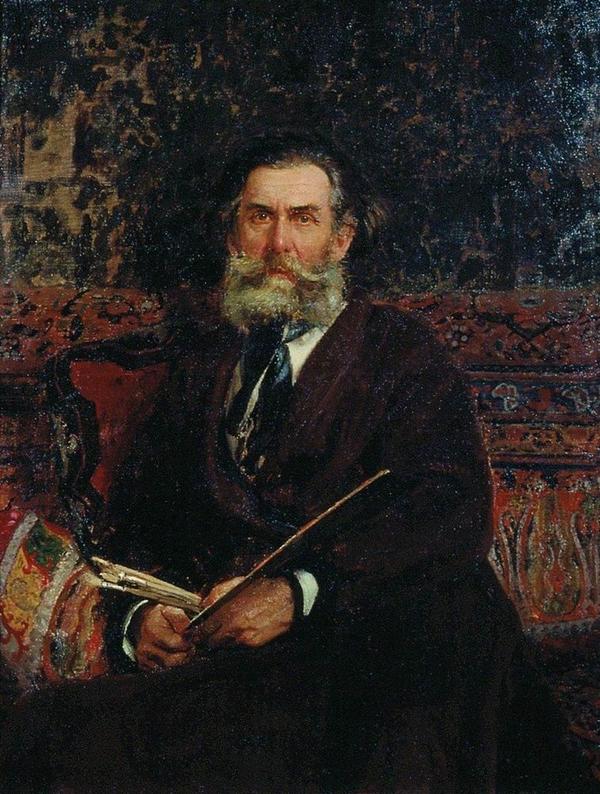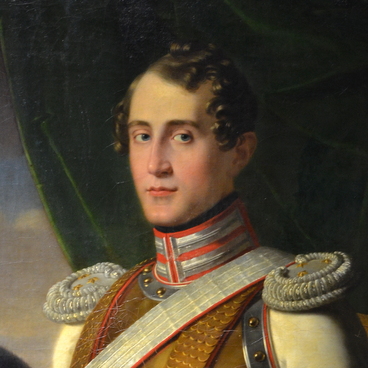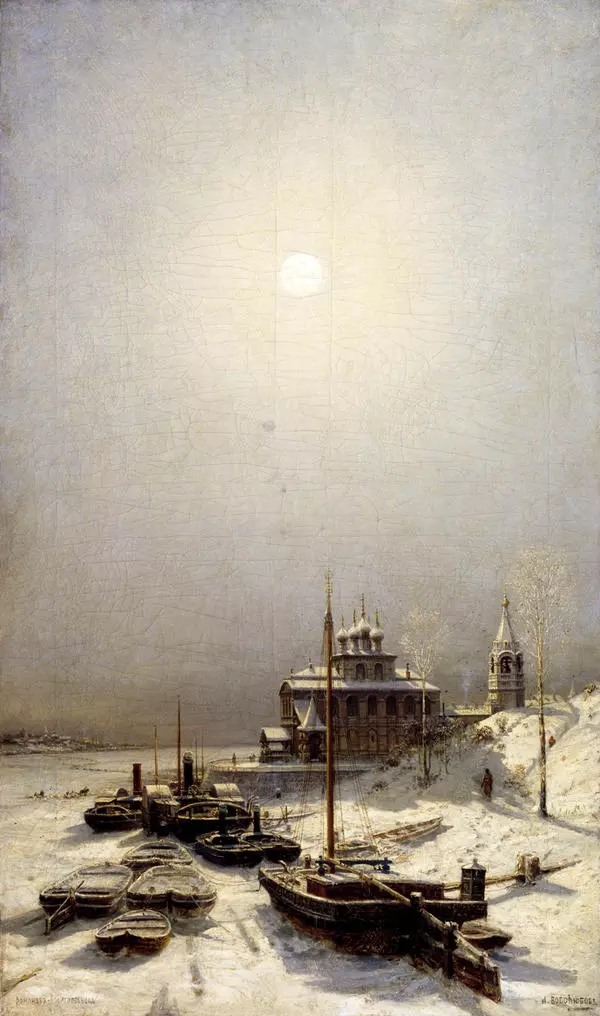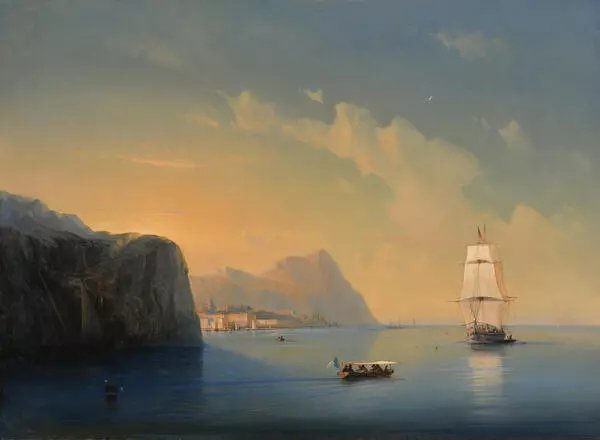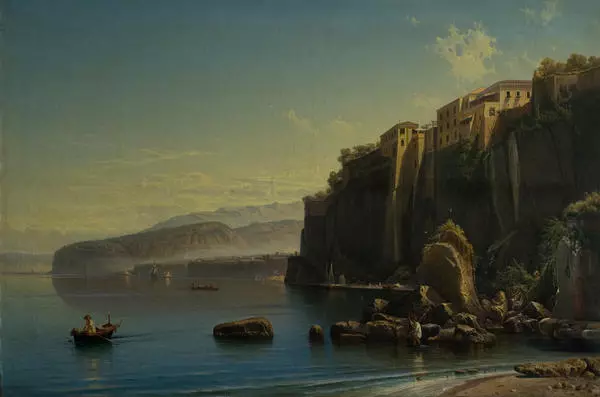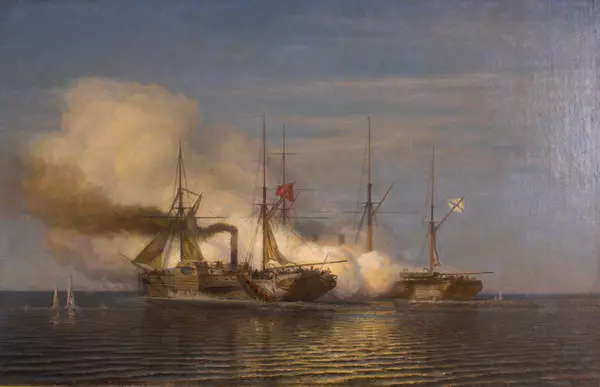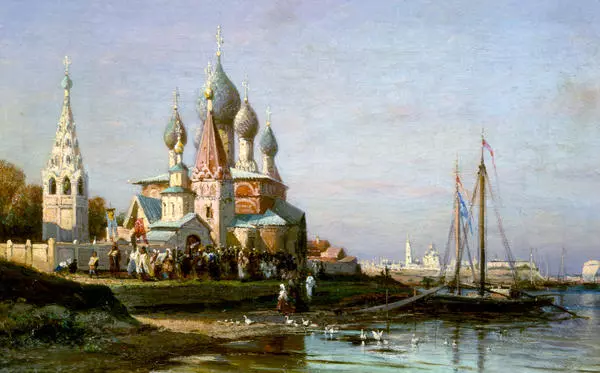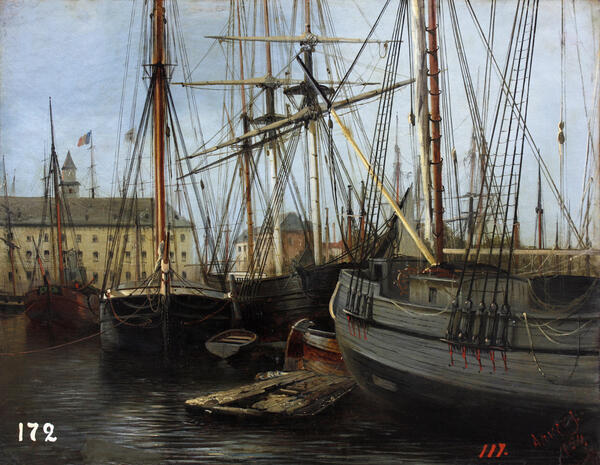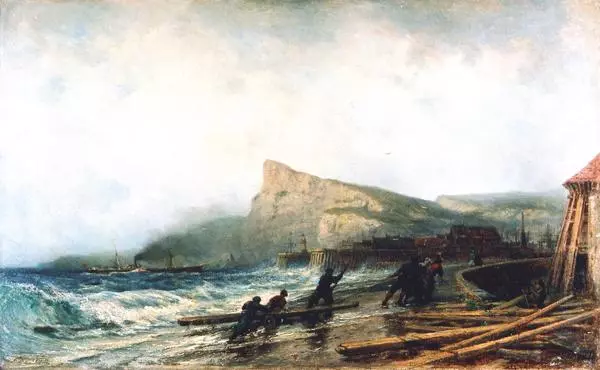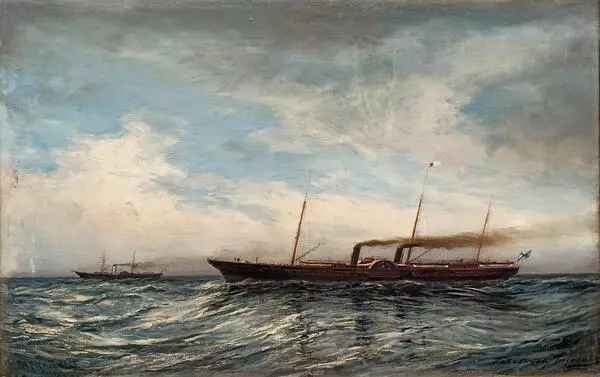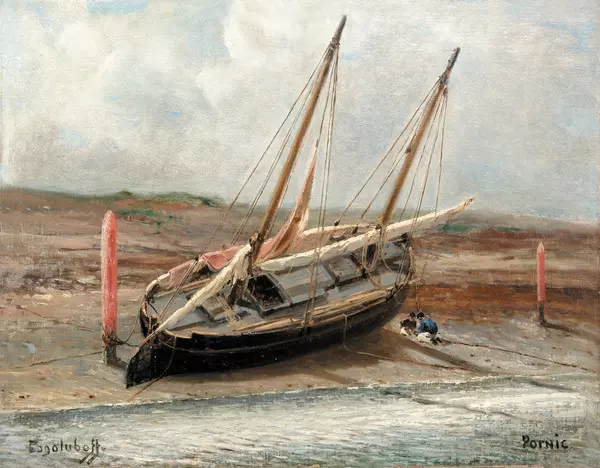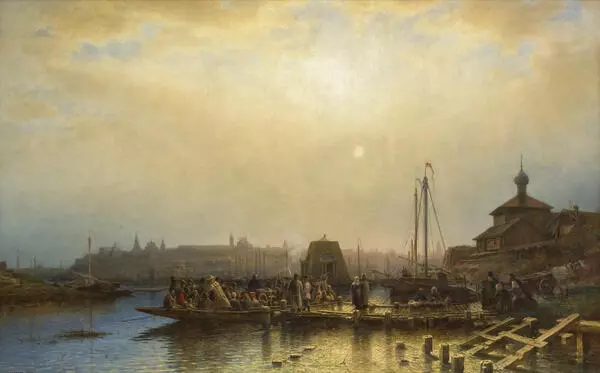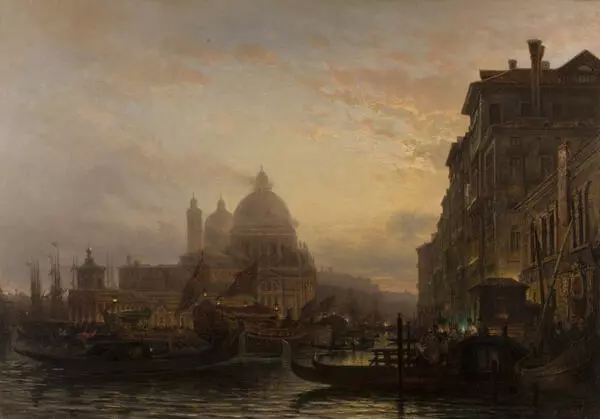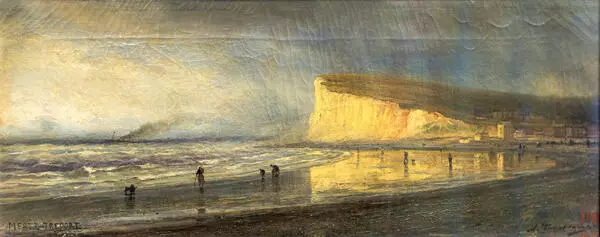Russian artist Alexei Petrovich Bogolyubov (1824–1896), who graduated from the Naval Cadet Corps and served as midshipman in the Navy, was seriously interested in drawing as a young man. In 1850, he entered the Imperial Academy of Arts as a volunteer student, and graduated in 1863 with a large gold medal, receiving a certificate of 1st degree for the title of class artist and at the same time resigned from the service and received an appointment as the marine painter of the Main Naval Headquarters of the Imperial Fleet.
Constantinople
Время создания
1856-1857
Размер
39x61 cm
39×61 cm
39×61 cm
Техника
oil on canvas
2
Открыть в приложении#3
Alexei Bogolyubov
Constantinople
#2
#5
Ilya Efimovich Repin (1844–1930). Portrait of A.P. Bogolyubov 1876. Oil on canvas. Saratov State Art Museum named after A.N. Radishchev Ilya Efimovich Repin (1844–1930).
During his studies at the Academy of Arts, he more than once became a ‘pensioner’, receiving a cash allowance, a ‘pension’ to improve his mastery on trips around Russia and abroad.
In 1856, Alexei Petrovich traveled to Constantinople, Danube and Sinope to take sketches from nature for a series of seven paintings on the glorious victories of the Russian fleet in the Black Sea, ordered by the imperial house.
In 1856, Alexei Petrovich traveled to Constantinople, Danube and Sinope to take sketches from nature for a series of seven paintings on the glorious victories of the Russian fleet in the Black Sea, ordered by the imperial house.
#7
Starting with sketches of naval maneuvers, cleaning sails and cannon exercises at the Isakchi fortress, Aleksei Bogolyubov made many sketches of Constantinople and arrived in Sinop ‘prepared by all the reports on the famous battle’. In 1858, he was honored with the title of academician for the sights of Constantinople, Rome and Chillon Castle on Lake Geneva, and in 1861 - the title of professor of painting.
But the painting with a view of Constantinople from 1856-1857 depicts neither battles nor the navy, but the graceful 19th-century Dolmabahce Mosque, also known as Bezmiâlem Valide Sultan Mosque, located on the European coast of the Bosphorus south of the eponymous palace complex in Istanbul.
The mosque was built at the request of Sultan Abdulmejid’s mother (Valide Sultan) and named after her – Bezmiâlem. The mosque was built at the request of Sultan Abdulmejid’s mother (Valide Sultan) and named after her – Bezmiâlem.
In the foreground of the picture, the shore, sea and people remain in the shade, while rays of sun illuminate the mosque building, and this attracts the attention of the viewer.
By the time of completion in 1855, the mosque was one of the richest in Istanbul. The baroque building is distinguished by a circular arrangement of arched windows, which resembles a peacock tail pattern. In the interior, the Baroque style is combined with the luxury of the Empire style; many elements are carved from red porphyry - a noble rock used to decorate the imperial palaces of Ancient Rome. In the two-story front section, diplomats performed prayers, and from the forty-meter minarets mullah performed azan.
In the foreground of the picture, the shore, sea and people remain in the shade, while rays of sun illuminate the mosque building, and this attracts the attention of the viewer.
The collection of the Penza Regional Art Gallery contains a large number of works by Alexei Petrovich Bogolyubov. The artist’s brother Nikolai Petrovich Bogolyubov donated “Constantinople” and thirteen more paintings by Alexei Petrovich to the gallery. An inquisitive audience can find the Dolmabahce Mosque on many canvases of another grand Russian marine painter - Ivan Konstantinovich Aivazovsky.
#8
Penza Regional Picture Gallery named after K.A. Savitsky
читать дальшескрыть
00:00
00:00
1x
Constantinople
Время создания
1856-1857
Размер
39x61 cm
39×61 cm
39×61 cm
Техника
oil on canvas
2
Открыть в приложении
Поделиться


